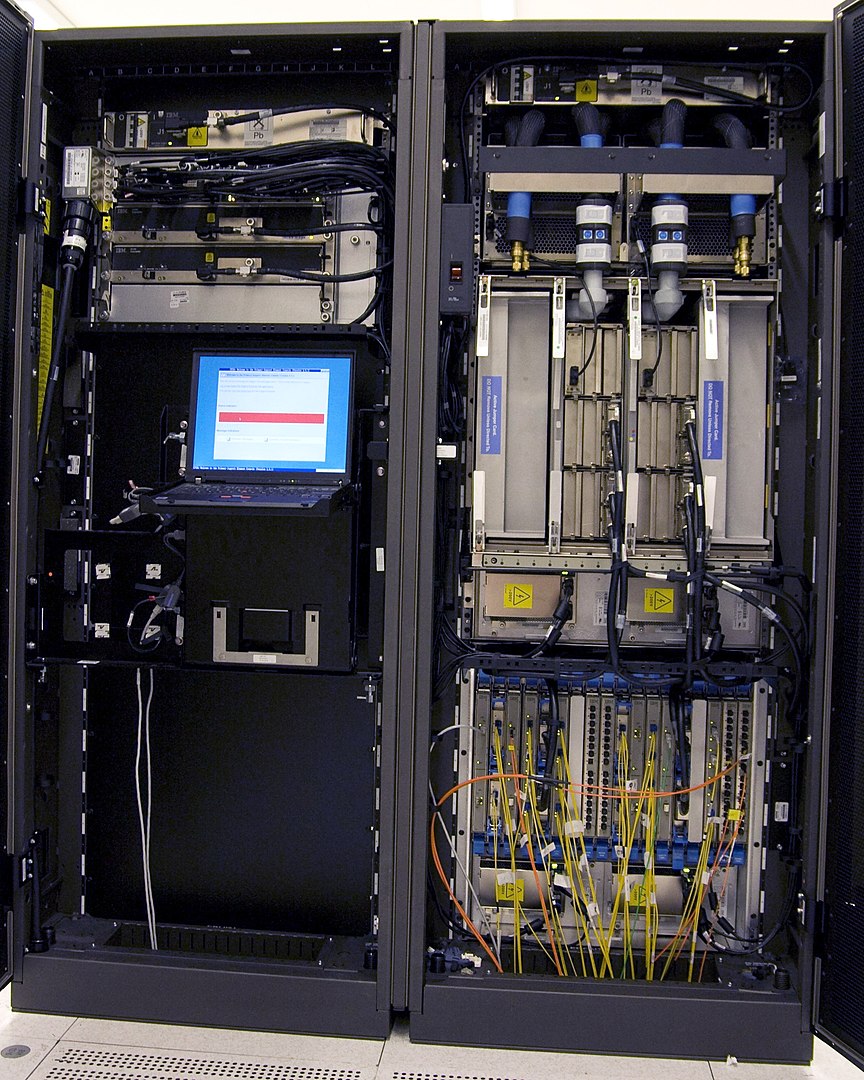We often refer to Windows and Linux as main operating systems. But, there are different types of operating systems, applied in different computer architectures.
In this article, there is a description of the main operating systems.
Mainframe operating systems
Mainframes are large computers that are still in use in data centers.
These computers differ from personal computers by their I / O capacity. A typical mainframe has 1000 disks and data stored up to thousands of gigabytes in size. Such mainframes are used as servers in the Web world, as well as in businesses with large amounts of transactions.

Source: Ing. Richard Hilber – Self-photographed, Public Domain, https://commons.wikimedia.org/w/index.php?curid=8724964
Operating systems for mainframes mainly carry out a process at a given moment in time, and most of these processes require I / O interaction. There are three types of services available in mainframe systems: batch, transaction processing, and time-sharing. In a batch system, the processes execute a work routine that does not require user interaction. You can find such a system in insurance companies, where many processes are like this. Transaction processing systems handle a large number of requirements, for example, the checking operations at a bank, or booking a flight at an airline system. Each of these jobs is small but the system has to process thousands of them per second. Transaction systems allow many users to execute tasks at a given moment, such as the interaction and retrieval of data from a database.
A mainframe operating system offers all of these types of operations. The mainframe operating system is OS / 390, a variant of OS / 360.
Server operating systems
The next main operating system is the Server Operating System.
Servers can be personal computers, workstations, or mainframes. They can serve users on the network and they allow different users to share data and resources on the network. Servers enable printing service, file service, or Web service. Numerous servers support clients on the Web and handle all the requests coming from the Internet. Typical server operating systems are Linux and Windows 2000.
Multiprocessor operating systems
A good way to make the most use of your computer’s power is to connect multiple processors to a single system.
These systems are called parallel systems, multi computers, or multiprocessors. These systems need a special operating system. Many of these systems are basically server operating systems with additional communication and networking options.
Operating Systems for Personal Computers (PC)
This category of operating systems has in focus a good interface for a single user. Examples of operating systems for PC are versions of Windows, Macintosh, and Linux. These systems are so popular that many people do not know that other systems exist.
Real-time Operating systems
These operating systems have in focus the role of the time factor. For example, in many fields of industry, different actions must be precisely performed at a given time, otherwise, the process fails. In these cases, the system is a typical hard real-time system. Meanwhile, a soft real-time system can tolerate time failures. Digital or multimedia systems are like soft real-time systems. Two typical real-time operating systems are VxWorks and QNX.
Embedded operating systems
An example of an embedded system is a palmtop.
A palmtop computer or PDA (personal digital assistant) is a small computer that can perform a small number of actions such as an email address book or an electronic agenda. Embedded systems have the characteristics of a real-time system but also have sizes and power limitations that make them unique. Examples of embedded operating systems are PalmOS and Windows CE.
Smart Card operating systems
The smallest operating systems run on smart cards, which have the size of a credit card and contain a CPU chip. They have some limitations in computing power and memory. Some of them can only calculate the electronic payment. Some of the Smart Card operating systems are programmed in Java, which means that their memory holds a Java virtual machine interpreter.